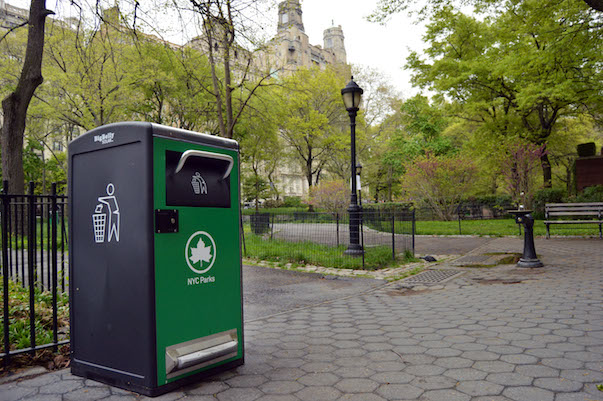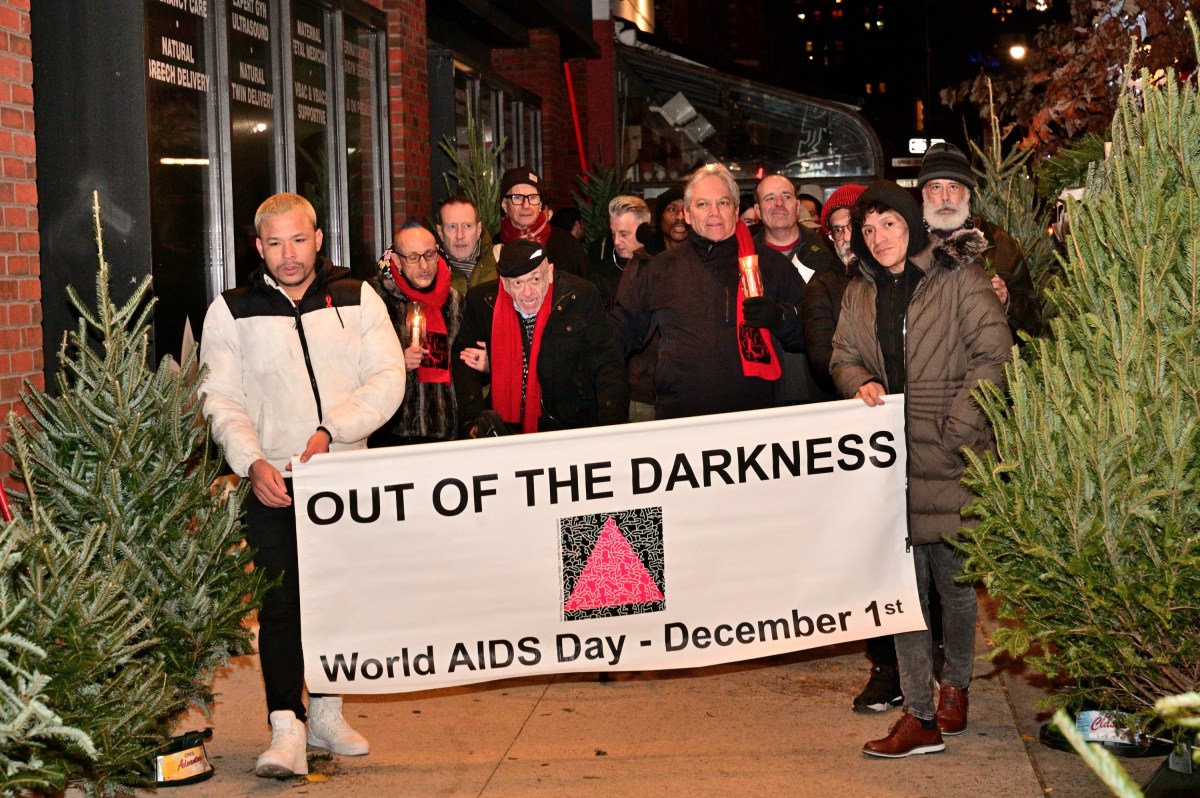
BY JACKSON CHEN | While neighbors and nature lovers consider the Upper West Side’s Theodore Roosevelt Park a community gem, rampant rat infestation has plagued the park’s walking paths and trash cans for years. But the Department of Parks and Recreation has teamed up with local organizations in an attempt to polish away the imperfection.
Several months ago, the parks department said it had implemented an “integrated pest management” system to eliminate food, shelter, and water sources for the rats, with baiting them left as a last resort.
“Thanks to the community’s assistance and commitment, an integrated pest management program implemented a number of months ago in Teddy Roosevelt Park has reduced the rat population there by 90 percent,” the parks department’s Manhattan borough commissioner, William Castro, wrote in an email.
The key pillars of the effort are 19 Big Belly solar-powered trash compactors installed in mid-April to replace the traditional open trash cans. To fund the price tag of $4,000 a piece, the Columbus Avenue Business Improvement District raised $84,000 through its annual Upper West Side food festival.
Barbara Adler, the BID’s executive director, said the remaining $8,000 would be used to decorate the trash compactors with images of the park in full bloom and of dinosaurs from the American Museum of Natural History, which the park surrounds.
“The Columbus Avenue BID board was thrilled to donate these funds for such a worthy project,” Adler said. “It will make this park the first one in the city to solve its rat problem by starving them out.”
According to Adler, the rats have been a persistent problem in the park because of visitors enjoying their lunch on park benches but then tossing leftover food into the open trashcans. The BID director said she’s heard numerous accounts of rats jumping in and out of garbage cans and dashing across park pathways.
Now, the Big Belly compactors are found throughout the park’s trails and outlining its perimeter.
The main draw of the compactors’ design is the trash chute that opens up through the use of a handle or pedal. Similar to a mailbox, the trash chute automatically closes after people toss in their litter and release the handle or pedal.
As the Big Belly fills up, its sensors alert it to squash the trash to accommodate up to 50 gallons of trash. Once full, the trash compactor relays a notification to the parks department to empty it.
The compactors have been employed alongside other parks department strategies for dealing with the rats.
According to Peter Wright, president of the Friends of Teddy Roosevelt Park — the nonprofit organization that jointly maintains the park with the parks Department — past extermination methods have included using blood thinners, which act as rodenticide, throughout rat burrows and using modern rat traps.
Wright said the rat problem certainly isn’t exclusive to Teddy Roosevelt Park and explained that the presence of red-tailed hawks in the park in recent years raised concerns about the use of rodenticide.
About four years ago, the use of the blood thinner, which causes rats to die through bleeding out, sparked controversy when the red-tailed hawks began mysteriously dying. The death of the hawks, which are natural predators of rats and pigeons, were believed by many to be tied to them consuming poisoned rats.
The hawks’ deaths eventually led to a scaling-down of the use of rat poison, which Wright said may be a possible explanation for why so many city parks are home to large rat populations now.
At the height of the rat infestation, Teddy Roosevelt park-goers complained of rodents running through the park as they walked their dogs in the mornings. Many of them simply skipped the park at night, when they assumed rats were more likely to be scuttling around.
“I walk my dogs every night and I always avoid the parks because the rats are always running back and forth,” said Claude Beller, a neighbor of the park and member of Community United, a park advocacy group.
Wright said the park’s maintenance crews would encounter rats when it came time to replace the trash bags in the open trashcans.
With the new Big Belly trash compactors installed, residents said, there’s been a visible reduction in the number of rats. With their main food source cut off, the decline in the population of rats is also evident in statistics kept by park officials, Wright said.
In the past, the parks department had identified as many as 140 rat burrows in Teddy Roosevelt Park. After all the rat treatment efforts, Wright said, he was last informed that the number has declined to 40 rat burrows, a far more manageable amount.
“The museum, parks department, and our group all worked together,” Wright said. “As much as it’s humanly possible, I think the problem is very much in check.”

































